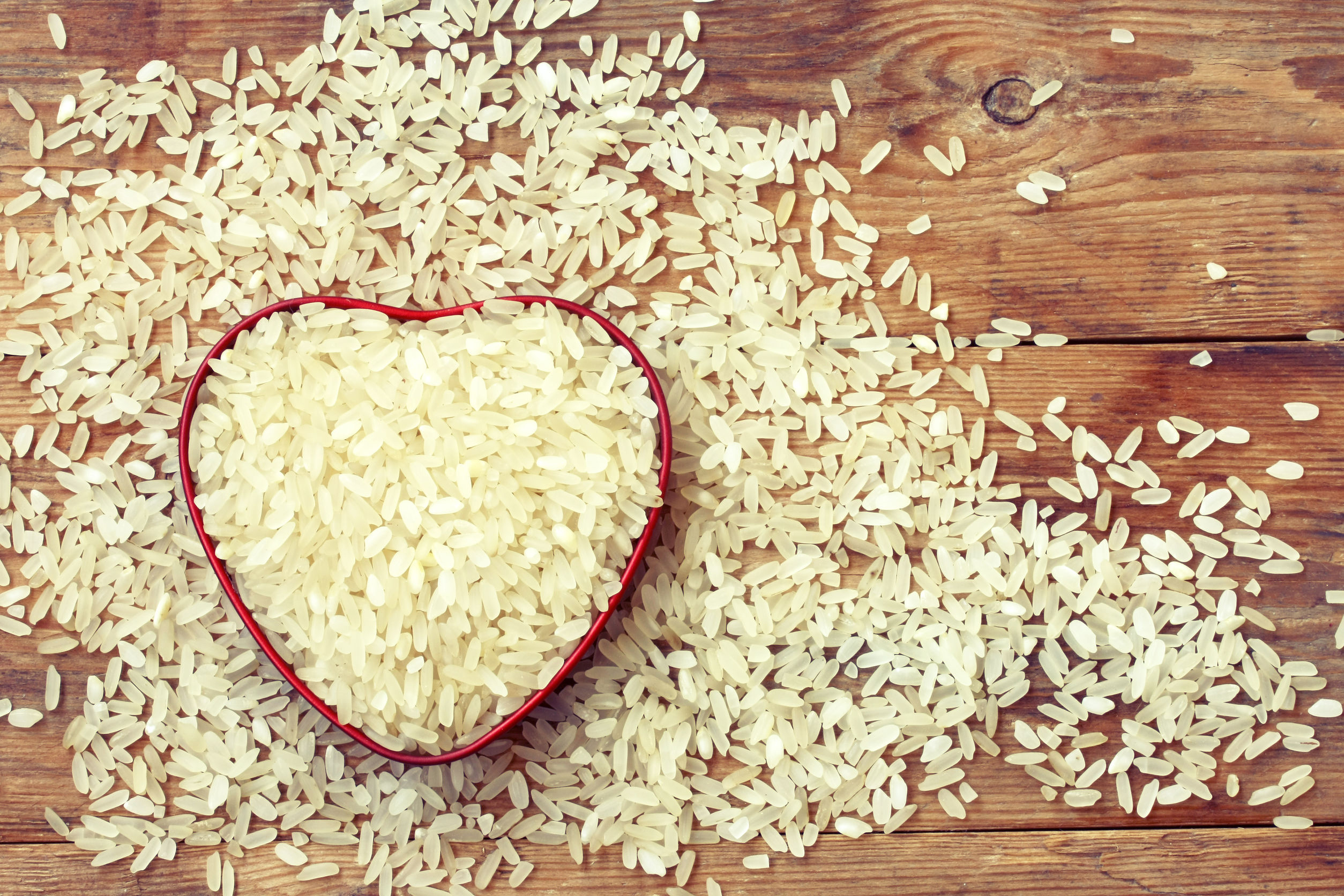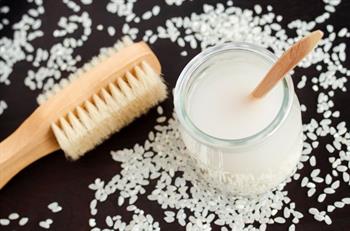February 10, 2021
Boost your Well-Being with U.S.- Grown Rice
 When you think of ways to ensure your well-being, rice consumption may not be your first thought, but maybe it should be. U.S.-grown rice has wide-ranging benefits from nutritional and emotional to even self-care.
When you think of ways to ensure your well-being, rice consumption may not be your first thought, but maybe it should be. U.S.-grown rice has wide-ranging benefits from nutritional and emotional to even self-care.U.S. rice is grown in six states: Arkansas, California, Texas, Louisiana, Mississippi and Missouri. The U.S. might not come to mind as a major rice exporter, but nearly half of the entire U.S. rice crop is exported each year, making the U.S. one of the top five rice exporters in the world. Our farmers are proud to grow U.S. rice sustainably, preserving the land and resources for future generations to come, while supplying consumers around the globe with a healthy and nutritious product grown under high food safety and regulatory standards.
The Nutritional Power of Rice
Rice is the most popular grain globally and the primary dietary staple for more than half the world’s population. This tiny but mighty grain is nutrient-rich, supplying energy, complex carbohydrates, protein, fiber, beneficial antioxidants, and more than 15 vitamins and minerals. It is gluten-free, highly digestible, and the least allergenic of all grains, making it a nutritious and flavorful grain option for those with gluten-free diets or other food sensitivities.
Rice can also play a distinct role in weight management. While some may look to exclude carbohydrates from their diets, rice as a carbohydrate is unique in its ability to offer many health benefits and assist in maintaining a calorie-controlled diet. U.S.-grown rice is virtually fat-free, containing no trans-fat or saturated fat, which can raise LDL cholesterol, and studies show that rice eaters are significantly less likely to be overweight or obese.
Here’s the scoop on U.S.-Grown Rice:
- It’s a “hundred calorie pack”: One half-cup serving of rice contains about 100 calories.
- It’s a “free” food: Naturally, sodium-, cholesterol-, gluten- and GMO-free.
- It’s plant-based: A plant-based eating pattern provides nutritional and health benefits as well as environmental.
- Rice packs a nutritional punch: It provides essential vitamins and minerals including, folic acid, B vitamins, potassium, magnesium, selenium, fibre, iron and zinc.
- Whole grain goodness: Whole grains, like brown or wild rice, are a food that can help reduce health problems while providing numerous benefits. Research shows that eating whole grains can reduce the risk of coronary heart disease, type 2 diabetes, certain cancers, and may aid in weight maintenance. Like fruits and vegetables, whole grains have been identified as a key dietary component contributing to better health outcomes.
- Energy booster: Rice is a complex carbohydrate that helps fuel your body and brain.
The Emotional Power of Rice

The benefits of U.S.-grown rice are not just limited to nutrition; rice consumption can both impact how you feel and benefit you emotionally. As a complex carbohydrate that the body digests slowly, rice provides eaters with a feeling of being energized throughout the day. This energy boost stems from the difference in how the body processes complex carbohydrates versus simple sugars, which allows more consistent long-term energy levels to be maintained. In addition to the increased energy, research demonstrates eating rice increases levels of serotonin, the “feel-good chemical” which improves moods and helps regulate appetite
The Self-Care Power of Rice
While many may not associate rice with self-care, it has been used throughout history as a beauty product and self-care tool. U.S.-grown rice can help strengthen hair, exfoliate the skin, soothe muscles, and even help you relax.
 Washing hair with rice water has proven to be a beneficial hair treatment that can improve the strength, texture, and growth of hair. Rice water is rich in amino acids, which strengthen hair roots, adds shine, and makes hair smooth and silky. It also contains a carbohydrate known as inositol which repairs damaged hair and protects from further damage.
Washing hair with rice water has proven to be a beneficial hair treatment that can improve the strength, texture, and growth of hair. Rice water is rich in amino acids, which strengthen hair roots, adds shine, and makes hair smooth and silky. It also contains a carbohydrate known as inositol which repairs damaged hair and protects from further damage.
Rice can benefit the skin as well thanks to its exfoliating, antioxidant, and anti-inflammatory properties and through the use of a face scrub, rice can control excess shine and oil on the skin. Rice water has also been shown to benefit the skin with the starch in rice water helping to heal damaged skin.
Lastly, rice can soothe sore muscles, injuries, or cramps through heating pads filled with rice and even encourage relaxation with scented rice-filled eye masks that can be frozen or heated.
Conclusion
While this is only the tip of the grain when it comes to the benefits associated with U.S.-grown rice, it is clear that U.S.-grown rice can boost well-being through a variety of avenues from consumption to application and benefit different aspects of consumer welfare. To learn more, visit thinkrice.com or follow us on Facebook or Instagram @usariceintheuk and @think_rice.
This post was originally published on the digital publication Open Access Government in mid-February. View the original article here.
